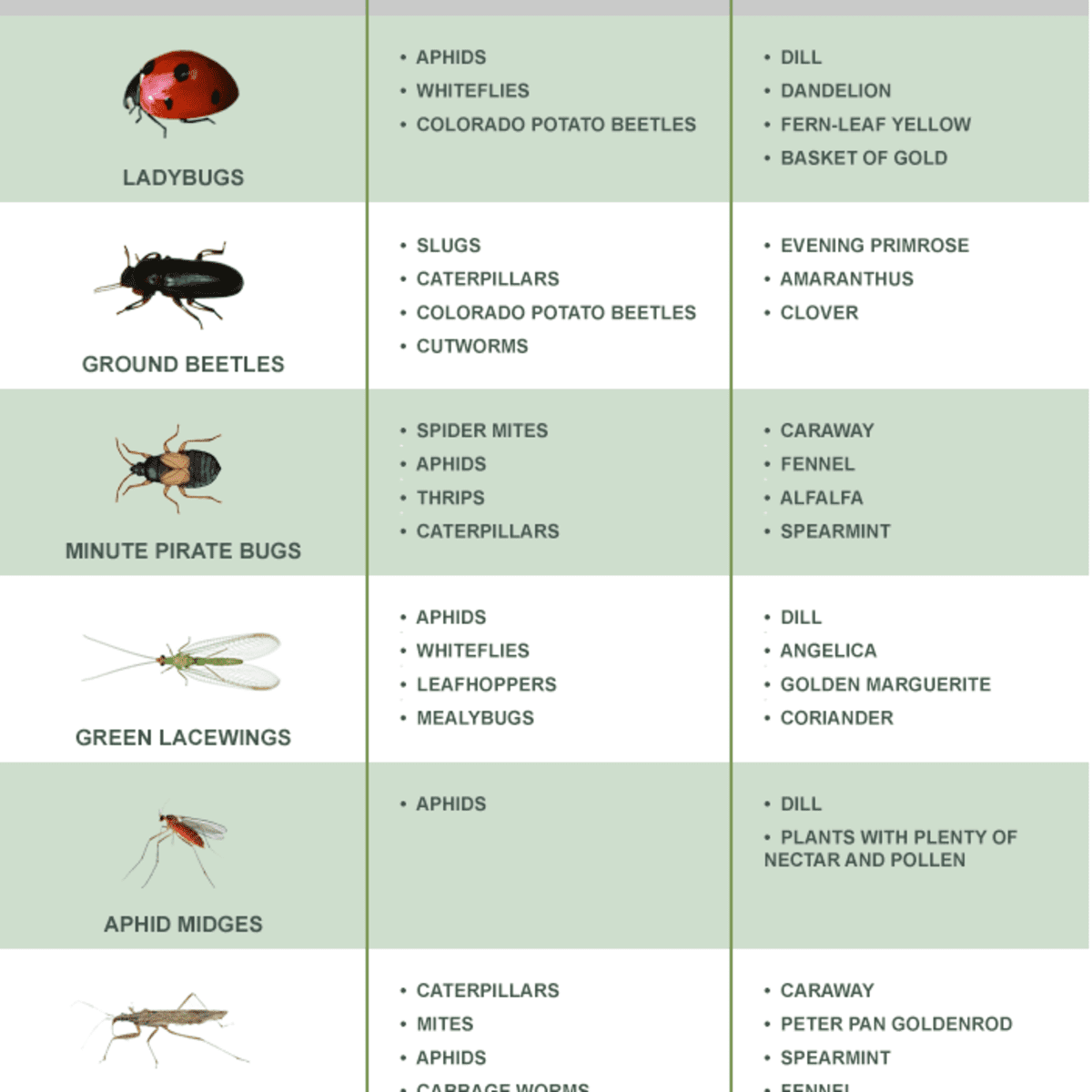Getting The Eco Bed Bug Exterminators Dc To Work
Getting The Eco Bed Bug Exterminators Dc To Work
Blog Article
The 5-Minute Rule for Eco Bed Bug Exterminators Dc
Table of ContentsThe Main Principles Of Eco Bed Bug Exterminators Dc The Basic Principles Of Eco Bed Bug Exterminators Dc Indicators on Eco Bed Bug Exterminators Dc You Need To KnowEco Bed Bug Exterminators Dc Can Be Fun For AnyoneOur Eco Bed Bug Exterminators Dc Statements
Since chemicals are hazardous, they are likewise possibly unsafe to humans, animals, other organisms, and the setting. As a result, individuals who use pesticides or on a regular basis come in contact with them must comprehend the family member toxicity, potential health results, and preventative procedures to reduce direct exposure to the products they make use of. Hazard, or danger, of utilizing chemicals is the possibility for injury, or the degree of danger associated with utilizing a pesticide under a provided collection of conditions.
Applicators can reduce or nearly get rid of direct exposure-- and thus lower hazard-- by complying with the label directions, making use of personal protective apparel and equipment (PPE), and taking care of the pesticide appropriately. As an example, greater than 95 percent of all chemical exposures originate from facial exposure, mostly to the hands and lower arms. By using a set of unlined, chemical-resistant gloves, this sort of exposure can be almost removed.
The damaging impacts that take place from a single direct exposure by any kind of course of entry are described "severe impacts." The 4 courses of direct exposure are dermal (skin), inhalation (lungs), dental (mouth), and the eyes. Intense toxicity is figured out by taking a look at the facial toxicity, inhalation poisoning, and dental toxicity of guinea pig.
All about Eco Bed Bug Exterminators Dc
Intense poisoning is determined as the amount or concentration of a toxicant-- the a.i.-- required to eliminate 50 percent of the animals in a test population. This measure is usually shared as the LD50 (lethal dosage 50) or the LC50 (lethal concentration 50). Furthermore, the LD50 and LC50 values are based upon a solitary dose and are recorded in milligrams of chemical per kg of body weight (mg/kg) of the test pet or partially per million (ppm).
The lower the LD50 or LC50 value of a chemical product, the better its poisoning to people and animals. Chemicals with a high LD50 are the least hazardous to people if made use of according to the instructions on the product tag. The chronic poisoning of a pesticide is identified by subjecting guinea pig to lasting exposure to the energetic ingredient.
The persistent toxicity of a chemical is much more difficult than acute poisoning to identify via lab evaluation. Products are categorized on the basis of their loved one severe poisoning (their LD50 or LC50 values). Chemicals that are classified as very harmful (Poisoning Classification I) on the basis of either dental, dermal, or breathing toxicity need to have the signal words threat and poisonous substance published in red with a skull and crossbones symbol plainly displayed on the front panel of the bundle tag.
The severe (solitary dosage) oral LD50 for chemical items in this group ranges from a trace total up to 50 mg/kg. For example, direct exposure of a couple of drops of a product taken orally can be fatal to a 150-pound person. Some chemical items have just the signal word threat, which informs you absolutely nothing concerning the acute toxicity, simply that the item can cause extreme eye damages or extreme skin irritability
About Eco Bed Bug Exterminators Dc
In this category, the intense oral LD50 varieties from 50 to 500 mg/kg. A tsp to an ounce of this material might be deadly to a 150-pound person (exterminator near me). Chemical items identified as either a little toxic or reasonably nontoxic (Toxicity Categories III and IV) are needed to have the signal word CAUTION on the pesticide label

All chemical poisoning worths, including the LD50, can be discovered on the item's Product Safety and security Data Sheet (MSDS) - bed bug exterminator. Chemical tags and MSDS can be acquired from stores or manufactures. Additionally, a lot of items likewise know that can be found online. The symptoms of pesticide poisoning can vary from a moderate skin inflammation to coma or even fatality.
Due to the fact that of prospective wellness issues, chemical users and trainers must identify the typical signs and symptoms of chemical poisoning. The effects, or signs, of pesticide poisoning can be generally defined as either topical or systemic.
The Best Guide To Eco Bed Bug Exterminators Dc
Dermatitis, or swelling of the skin, is accepted as the most frequently reported topical effect associated with chemical direct exposure. Some individuals tend to cough, hiss, or sneeze when revealed to pesticide sprays.
This symptom usually subsides within a couple of minutes after a person is removed from the direct exposure to the toxic irritant. Nevertheless, a response to a chemical product that causes a person not only to sneeze and cough but additionally to establish severe intense breathing symptoms is more most review likely to be a true hypersensitivity or allergy.
Systemic results are quite various from topical results. They frequently take place away from the initial factor of get in touch with as an outcome of the pesticide being soaked up into and dispersed throughout the body. Systemic effects commonly include queasiness, throwing up, fatigue, frustration, and digestive tract problems. In advanced poisoning situations, the person may experience modifications in heart price, difficulty breathing, convulsions, and coma, which might bring about death.
Report this page